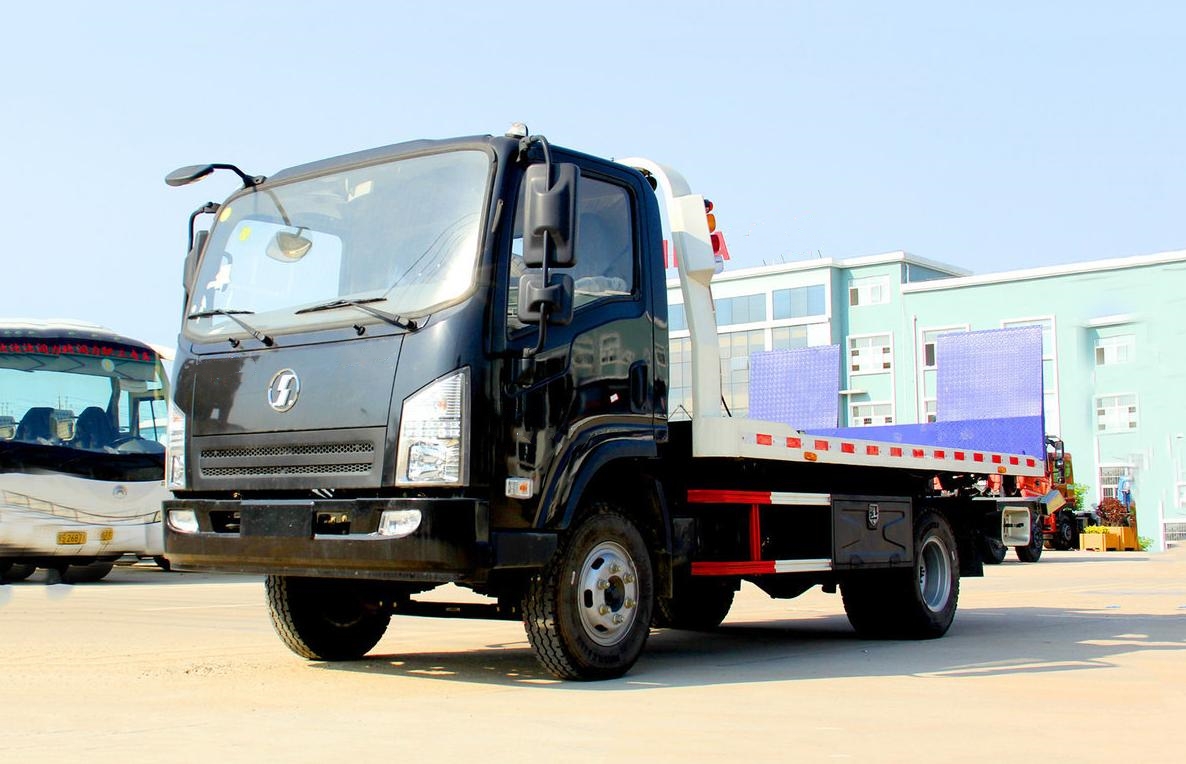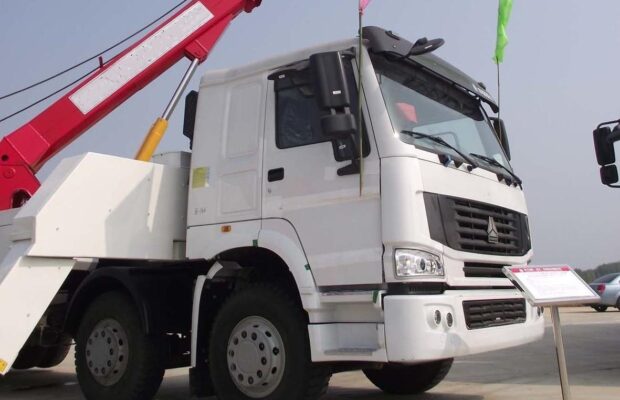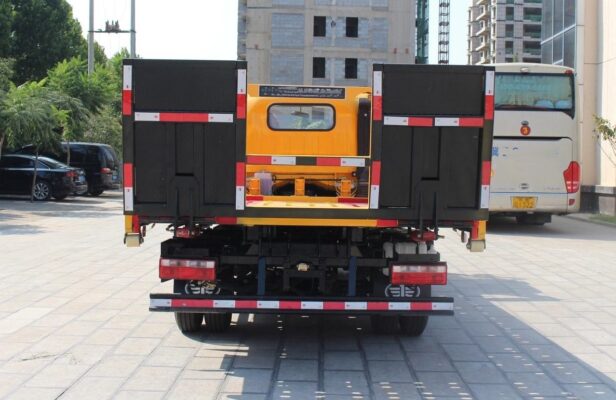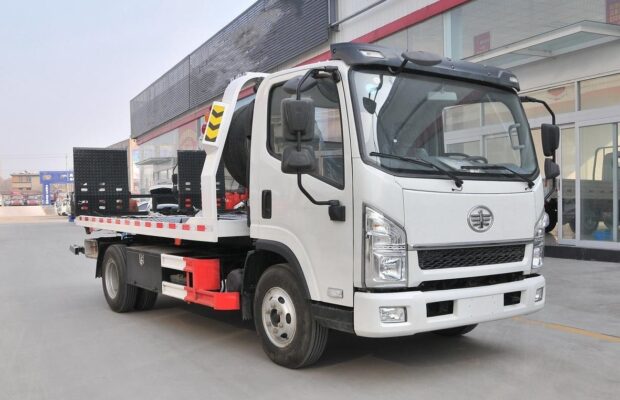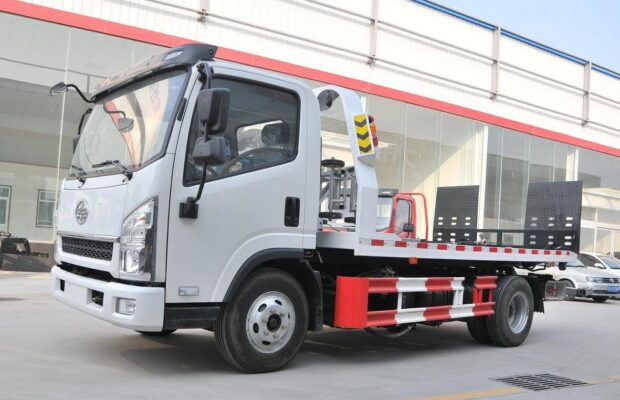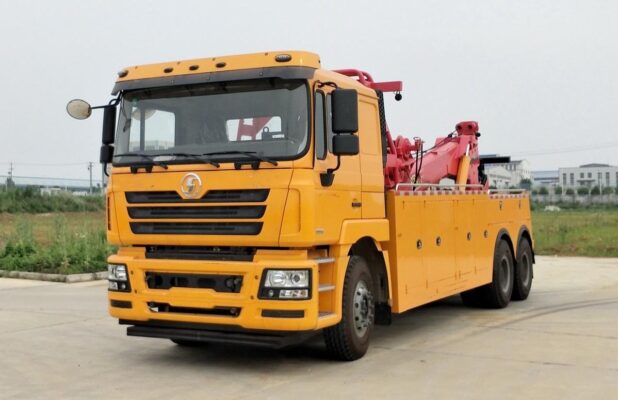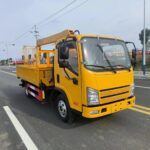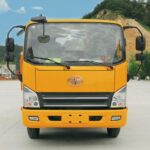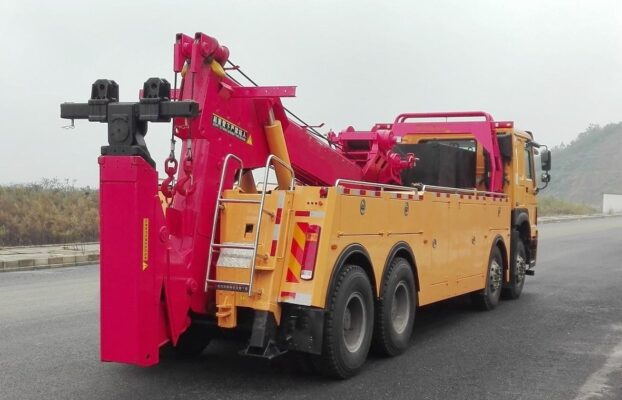Tower cranes are essential in the construction industry, facilitating the lifting and moving of heavy materials at significant heights. Сепак, like any mechanical equipment, tower cranes are susceptible to wear and failure, which can significantly impact their operational efficiency and safety. The wear on tower crane components can generally be categorized into two primary types: natural wear and accidental wear. Understanding these categories and the specific types of wear that affect tower cranes is crucial for maintenance and operational planning.
Natural Wear vs. Accidental Wear
Natural Wear
Natural wear occurs under normal operating conditions and is primarily the result of prolonged exposure to environmental factors and the stresses of heavy load operations. Factors contributing to natural wear include:
- Environmental Exposure: Tower cranes are often operated outdoors and exposed to a variety of weather conditions, including rain, snow, wind, and extreme temperatures. This exposure can lead to the degradation of materials over time.
- Dust and Impurities: Construction sites are typically dusty, and the presence of various impurities in the air can accelerate wear on mechanical components.
- Continuous Heavy Load Operations: Frequent lifting and moving of heavy materials can lead to gradual wear of the crane’s components, eventually resulting in reduced functionality and safety.
The cumulative effect of these factors can lead to aging and the eventual failure of tower crane components.
Accidental Wear
Accidental wear arises quickly and is often due to specific incidents or failures in maintenance practices. Common causes of accidental wear include:
- Manufacturing Defects: Flaws in the manufacturing process can create weaknesses in crane components, leading to premature wear and failure.
- Inadequate Maintenance: Failure to perform regular maintenance can result in unnoticed wear and eventual component failure. Timely inspections and maintenance are crucial to ensuring the crane operates effectively.
- Operational Errors: Mistakes during operation, such as overloading or improper maneuvering, can lead to significant wear and potential failure of tower crane components.
- Violation of Operational Procedures: Ignoring established operational protocols can exacerbate wear and lead to accidents.
Understanding the difference between natural and accidental wear is critical for implementing effective maintenance strategies and ensuring safe crane operations.
Types of Wear in Tower Cranes
Based on the interaction characteristics of the frictional surfaces involved, wear on tower cranes can be classified into four primary types:
1. Mechanical Wear
Mechanical wear occurs on the contact surfaces of two interacting parts due to friction. The wear process is characterized by microscopic roughness on these surfaces, leading to the gradual degradation of material.
- Friction and Surface Roughness: Continuous friction between uneven surfaces creates new rough spots. This cycle repeats, altering the geometry of the contact surfaces and degrading their material properties over time.
- Frictional Mechanical Wear: Small hard particles from external contaminants can infiltrate the contact surfaces. These particles may act as cutting tools, resulting in micro-metal shavings that accelerate wear. A common example of mechanical wear is the deterioration of the open drive ring gear on a tower crane’s trolley wheels.
Mechanical wear can lead to significant issues if not monitored and addressed. Regular inspections and preventive maintenance can help mitigate this type of wear and ensure the longevity of crane components.
2. Aging Wear
Aging wear, as the name implies, is a result of prolonged use and encompasses damage caused by a combination of high contact pressure, internal stresses from load, and plastic deformation.
- Manifestations of Aging Wear: This type of wear is characterized by visible damage on frictional surfaces, including cracks, grooves, pits, and dents. Common examples of aging wear include:
- Spalling: This refers to the chipping or flaking of the rolling surfaces of trolley wheels and gear teeth.
- Grooves in Bearing Races: Over time, ball and roller bearings may develop grooves, indicating surface degradation.
- Shaft Journal Damage: The journals on shafts can also exhibit signs of aging wear, leading to misalignment and operational inefficiencies.
- Influencing Factors: Aging wear is primarily dependent on the design and precision of component machining rather than lubrication alone. Key factors that influence the severity of aging wear include the magnitude of the loads, the frequency of changes in load direction, and the duration of load applications.
To combat aging wear, regular inspections and timely maintenance can help identify and address early signs of wear before they lead to significant failures.
3. Molecular Mechanical Wear
Molecular mechanical wear occurs due to the interplay of mechanical forces and internal molecular forces within the components. This type of wear can be exacerbated by several factors:
- Poor Lubrication: Insufficient lubrication can lead to increased friction between moving parts, accelerating wear.
- Excessive Pressure: When excessive pressure is applied to frictional surfaces, it can lead to deformation and material loss.
- Rough Machined Surfaces: Components with rough surfaces create additional friction and lead to more rapid wear.
- Adhesion: A typical manifestation of molecular mechanical wear is adhesion, where frictional parts bond at a molecular level. This phenomenon can lead to further degradation of material properties and increased wear.
Implementing effective lubrication strategies and ensuring components are machined to appropriate tolerances can help mitigate molecular mechanical wear.
4. Corrosive Mechanical Wear
Corrosive mechanical wear arises from the chemical reaction between metals and acidic substances present in the environment. This type of wear is often seen in cranes exposed to harsh conditions or poorly maintained surfaces.
- Rust Formation: Rust can develop when moisture interacts with unprotected metal surfaces. This corrosion weakens the metal, leading to wear and potential structural failure.
- Interaction with Mechanical Friction: When rusted surfaces experience mechanical friction, the resulting wear is classified as corrosive mechanical wear. This dual-action accelerates degradation and can significantly impact crane performance.
- Contributing Factors: Poor surface coatings, inadequate storage conditions, and lack of preventive measures can all exacerbate the risk of corrosive mechanical wear.
Regular cleaning, application of protective coatings, and proper storage practices can significantly reduce the risk of corrosive wear on tower cranes.
Understanding the Fault Probability Density in Tower Cranes
Statistical data on tower crane faults can be categorized into three distinct stages over the equipment’s service life:
1. Initial Phase
In this initial phase, when the crane is first commissioned for construction work, the fault rate (fault occurrences per 1,000 hours of operation) typically decreases over time. This decline can be attributed to the identification and rectification of potential manufacturing defects that emerge during initial operations.
2. Normal Operation Phase
The second phase, known as the normal operation phase, is characterized by stable fault rates. During this period, the tower crane operates smoothly, and the fault frequency is at its lowest. This stability indicates effective maintenance practices and indicates that the crane is functioning within its designed operational limits.
3. Accelerated Wear Phase
The final phase, the accelerated wear phase, signifies that the crane is approaching the end of its designated service life. During this period, the likelihood of faults increases significantly as components experience wear and tear that can no longer be managed effectively through routine maintenance.
Monitoring and Measurement of Wear
Monitoring wear on tower crane components is essential for ensuring safe operations and prolonging the equipment’s lifespan. Several methods can be employed to assess wear:
1. Instrumentation
Using specialized instruments can provide precise measurements of wear on critical components. Tools such as laser measurement systems and wear monitoring sensors can detect changes in dimensions and surface characteristics.
2. Mechanical Noise Assessment
Regularly assessing mechanical noise is a practical method for identifying wear. An increase in harsh or unusual sounds during crane operation often indicates significant wear or potential failures. Uncharacteristic impact sounds can be a sign of serious issues that require immediate attention.
3. Lubricating Oil Analysis
Examining the condition of lubricating oil is another effective method for assessing wear. If the oil appears dirty, dark, or contains metal shavings, it indicates severe component wear. A thorough analysis can provide valuable insights into the condition of moving parts and identify areas that may require immediate replacement or repair.
Заклучок
Understanding the types of wear and failure in tower cranes is crucial for maintaining safety and efficiency on construction sites. By recognizing the distinctions between natural and accidental wear and identifying the four primary types of wear—mechanical, aging, molecular mechanical, and corrosive—operators and maintenance personnel can implement effective strategies to monitor, assess, and mitigate wear-related issues.
Regular inspections, proper maintenance practices, and timely replacement of worn components are essential for ensuring the safe and reliable operation of tower cranes throughout their service life. By addressing wear proactively, construction companies can enhance the operational efficiency of their cranes, minimize downtime, and reduce the risk of accidents on the job site.

